It has never been easier to start a garden at home. In fact, all you need are some containers for growing vegetables and a little space to place them.
Unfortunately, some planters are expensive. This is not a problem if you’re only growing one or two plants.
But, if you want to create a small container garden. The costs can add up quickly, which can be a bit discouraging.
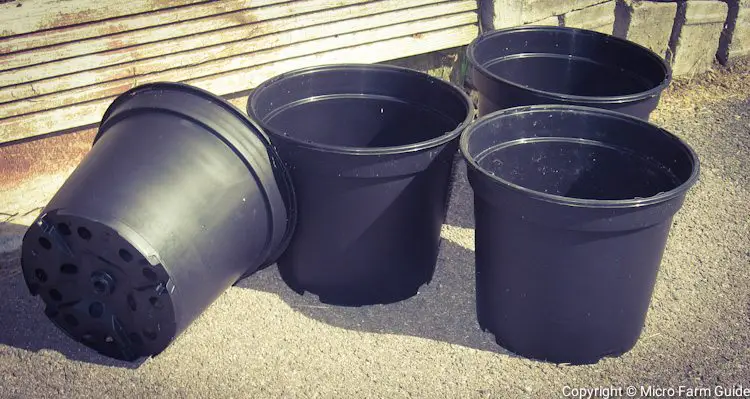
But don’t worry–there are several options you can use to get your garden up and growing, in no time.
In this article, we will look at some alternatives to pricey planters, including…
7 Containers You Can Use To Grow Vegetables
Now, before we continue, I must mention that you can source most of these containers in your area. For example, you can visit your local garden centers, supermarkets, or even restaurants.
The price of the container depends on the size and quality, but they are all great choices.
To begin, let’s look at the most inexpensive pot (you can buy new).
1. Nursery Pots
Nursery pots are some of the cheapest containers available. You can get them in various sizes. But, expect the price to vary quite a bit based on the quality of the pot.
I usually buy them from the local garden centers. But, you can also try plant nurseries, florists, and department stores.
Who knows? You might even get your hands on some used ones for cheap or even for free.
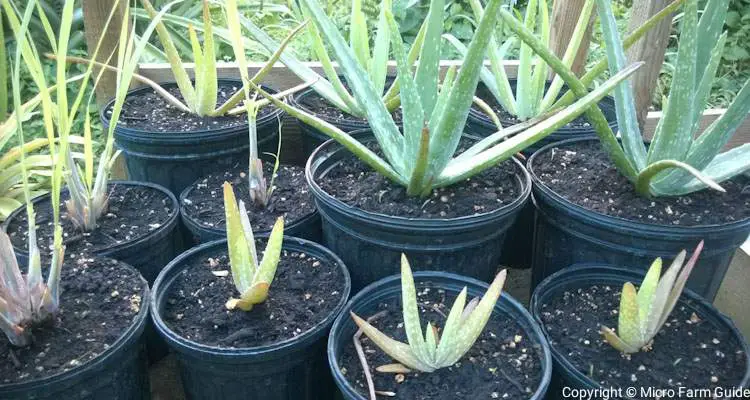
2. Plastic Bags
Next, you can reuse plastic bags or buy seedling bags from the plant nursery.
But, please be careful when reusing plastics. Remember, most of these bags are now designed to break down when exposed to light.
However, nursery bags are a bit different. They can withstand harsh sunlight, and cost only a few cents each.
Unfortunately, they get damaged easily while removing seedlings.
3. 5-Gallon Buckets
5-Gallon Buckets are extremely popular in gardening circles. Many gardeners use them instead of ready-made planters, even though they are, in fact, a bit over 3 gallons.
You can usually find these used at supermarkets, restaurants, or other places that import salted meats or vegetables for cheap or free.
However, stay away from new buckets. They cost as much as premium nursery pots and are not usually U.V. resistant.
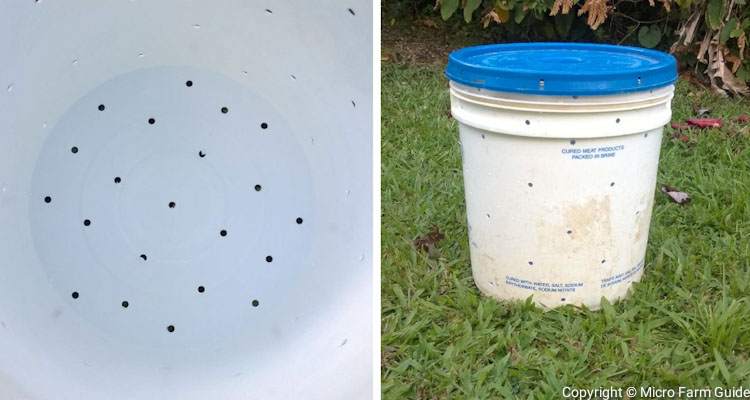
4. Storage Totes
Storage totes make perfect planters. They are tough, durable, and sometimes U.V. resistant.
However, unless you live in the U.S., you can expect to pay a pretty penny for the containers.
For example, I paid about $50 for a tote on my island which costs about $20+ in the States. To put a long story short, I still use it inside after 5 years.
5. D.I.Y. Planters
You might consider building your own planters from scratch, if you have the skills, tools, and materials
You can use various materials to create the structure, then line it with plastic or a material that will allow water to drain.
There are tons of D.I.Y. planter ideas to choose from. You can browse the internet for various woodwork and bushcraft planter projects. Have fun!
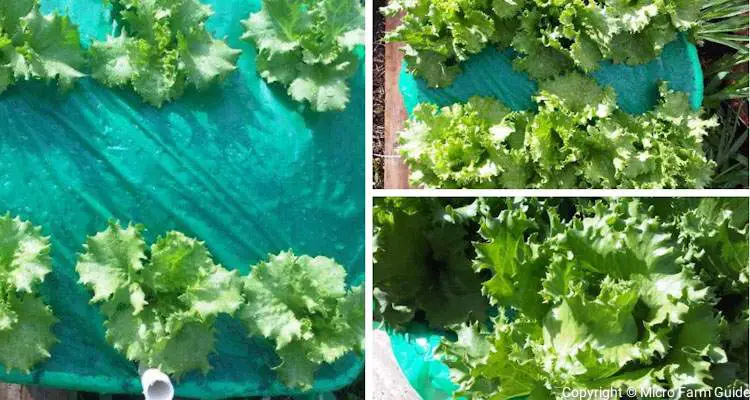
6. Grow Boxes
Grow Boxes are self-watering systems containing a relatively large reservoir. These are the definitions of “set it and forget it,” at least for a few days.
You can purchase grow boxes if you want a simple, ready-made option. Or, make a DIY version using totes, buckets or other containers.
7. Recycled Containers
I’ve mentioned this before, but you can use just about any container as a planter.
This also means that you should think twice before you throw away anything that can hold soil.
These include little containers, buckets, barrels, and even appliances. The possibilities are endless. However, they depend partially on your…
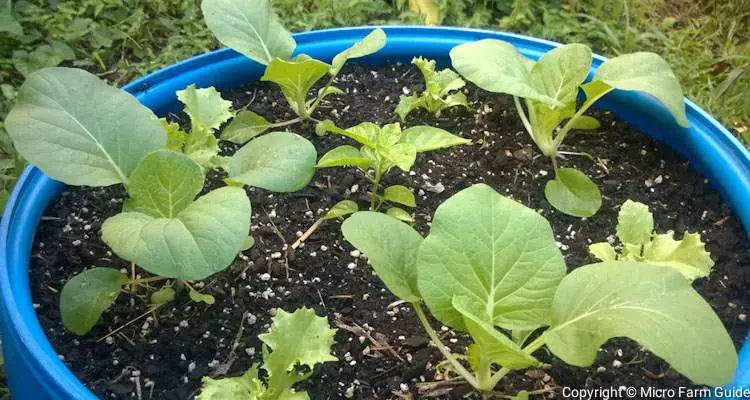
Container Vegetable Garden Layout
While you can use almost anything to grow vegetables, you must consider your available space and neighbors.
I’m sure you’ve heard the saying, “One man’s trash is another man’s treasure….” This goes doubly for your front yard.
How you layout and tend your garden can make a huge difference.
Take some time to plan your garden. Please look at some container garden ideas and consider ways to make your garden aesthetically pleasing.
Then choose containers that will add to the overall beauty of your growing area. Of course, you’ll need to choose suitably sized pots. To do this, let’s take a look at our…
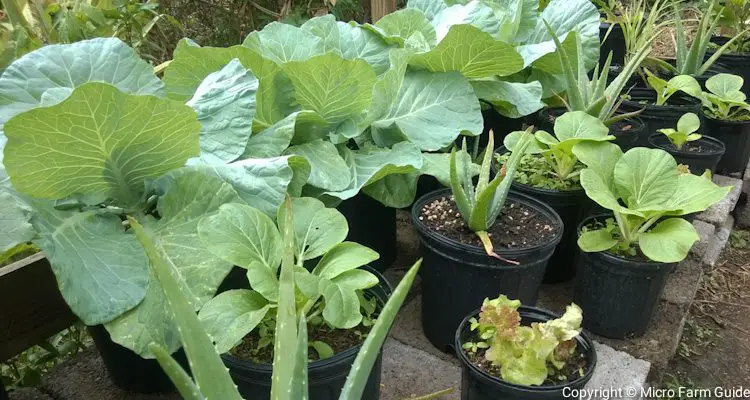
Vegetable Container Size Chart
If you are new to container gardening, consider starting with cheap plastic nursery pots you can purchase at your local garden center.
These come in standard sizes, which makes it easier to estimate the amount of potting mix and the type of plant you can grow in them.
| Pot Size (Inches) | Pot Size (Gallons) | Potting Soil Needed (cu. ft.) |
| 7 | 1 | 0.2 |
| 8.5 | 2 | 0.4 |
| 10 | 3 | 0.5 |
| 12 | 5 | 0.9 |
| 14 | 7 | 1.2 |
| 16 | 10 | 2.0 |
| 21 | 20 | 3.6 |
| 24 | 25 | 4.5 |
However, I must emphasize that you can use just about anything to “contain” your potting mix. It’s more about the volume of the pot, than the material it is made from.
For example, you can use a 5-gallon bucket to grow large plants such as tomatoes, peppers, and herbs instead of purchasing a 5-gallon planter.
Growing Containers In Pots On the Balcony
You can grow several types of plants on a balcony, so long as you keep the size of the area and the sun’s position in mind.
Sometimes, you may need to place your container in overflow trays. These act as a catchment for excess water while doubling as reservoirs.
Choose a sunward-facing area which receives at least 6 hours of sunlight per day. However, if this is impossible, you should consider growing shade-tolerant plants.
You can monitor your plants to see how they respond to the environment before you decide. Most plants can adapt to the environment much better than you’d expected.
Growing Vegetables In Pots For Beginners
You can learn a lot about growing vegetables in pots online. However, all this is only useful if you use the information.
To get you started, we have included some practical tips for creating your container garden in a free 7-day mini course.
If you like, you can check it out and start creating your container garden today. What’s stopping you?
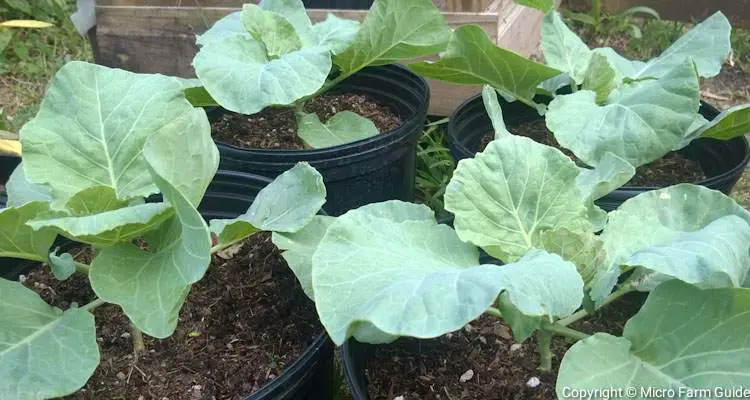
Related Questions
What kind of pots are best for growing vegetables?
You can use just about any kind of pot to grow vegetables. However, they must be large enough for the intended plant, have good drainage holes, and made from food-safe materials.
How big of a container do I need for a vegetable garden?
You can use planters that measure at least 12 inches wide and tall. These work well with most plants. However, you should see potting size recommendations for specific plants to be safe.
How deep should the soil be for vegetables?
Soil should be at least 6 inches deep for shallow-rooted vegetables such as leaf-type lettuce. Still, larger crops and those with tap root, need a minimum of 12 inches of soil.
